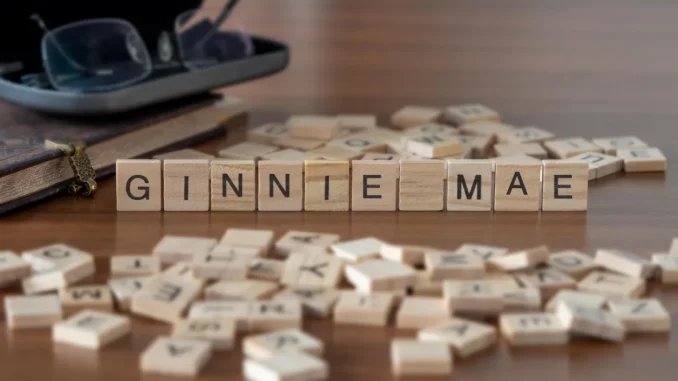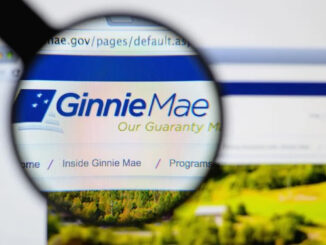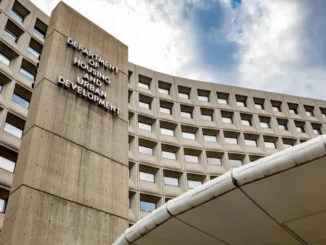
Ginnie Mae announced this week that it is adding a new pool-level, low-to-moderate income (LMI) disclosure to its Home Equity Conversion Mortgage (HECM)-backed Securities (HMBS) program.
The move is part of an ongoing effort by the company to improve its securities disclosures, something that began in 2021, according to a company announcement.
New disclosures
“Ginnie Mae’s new HMBS LMI disclosures cover active loans pooled from 2012 through the present time,” which represent a majority of the HMBS program’s history, according to the announcement.
The expansion “continues Ginnie Mae’s work to enhance its securities disclosures,” which began at the start of the Biden administration in 2021. The addition of new HMBS disclosures adds to specific efforts over the past year, in which Ginnie Mae has “made a number of advancements with respect to its securities program.”
These include producing security-level LMI disclosures across its single-family programs, as well as the publication of the Ginnie Mae Social Impact and Sustainability Framework and updates to its prospectus.
“These disclosures are an integral part of Ginnie Mae’s response to increased investor interest in greater transparency into Ginnie Mae mortgages in pools, with a particular focus on meeting environmental, social, and governance (ESG) investment mandates,” the company said.
HMBS role in ESG investing
Sam Valverde, Ginnie Mae’s principal executive vice president, said that the work is designed to increase transparency that can more precisely influence the choices investors make.
“As interest in social impact investments continues to grow, Ginnie Mae is finding ways to provide more data on the underlying loans in our securities to help investors make better-informed decisions,” Valverde said in a statement. “The disclosures being released today reflect the unique impact of our HMBS program in helping to drive retirement security for lower-income households.”
The new disclosure data “will be published on the sixth business day of every month for the prior month’s issuances and made available in the Disclosure Data Download section of the Ginnie Mae website,” the announcement stated.
In an interview with RMD late last year, Ginnie Mae President Alanna McCargo supported the idea of HMBS pools having a “social” aspect.
“The HECM MBS program is really, inherently social, in that it’s supporting seniors that are trying to age in place,” McCargo said in the interview published in December. “So, we feel like it’s very deeply social and very core to our charter and our mission, and has a lot of value and benefit to investors. So, there’s a lot of opportunity, I think, in the future for the market. We just need to see more of the product get originated.”
Recent HMBS program moves
Ginnie Mae has made several revisions to the HMBS program over the past 18 months, particularly since it assumed control of the servicing operation of Reverse Mortgage Funding (RMF) following its late 2022 bankruptcy.
In January 2024, the company announced the development of a new HMBS product. Last year, it issued a policy that allows for the securitization of multiple participations related to a particular HECM in any single issuance month and reduced the minimum size required for HMBS pools.
Ginnie Mae is also facing challenges stemming from its assumption of the RMF portfolio, including an investigation by the Office of the Inspector General (OIG) into its handling of RMF. And it is part of an ongoing lawsuit from Texas Capital Bank over extinguishment of liens on collateral backed by reverse mortgages, a case that a judge recently said can largely progress to trial.
Ginnie Mae also got a recent increase in its budget authority after expressing concern about its ability to manage the RMF portfolio with previously authorized funds. But it is seeking more funds, according to a recent budget proposal submitted to Congress by the White House.



